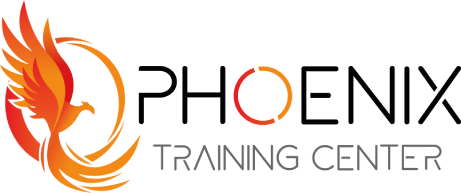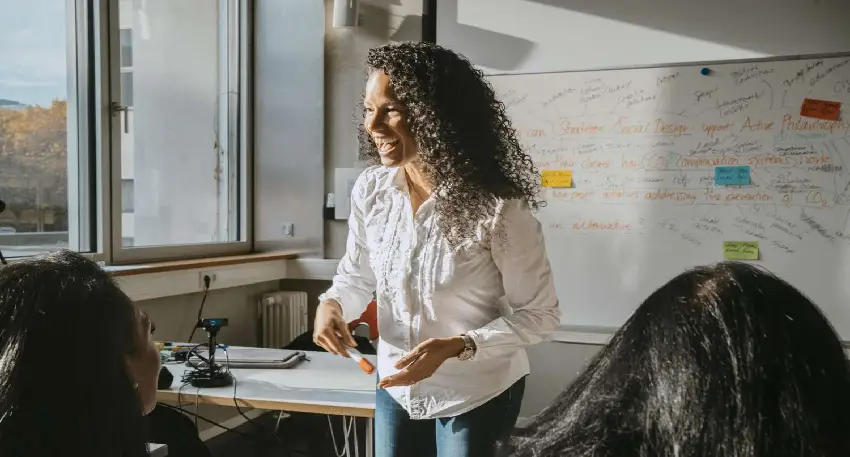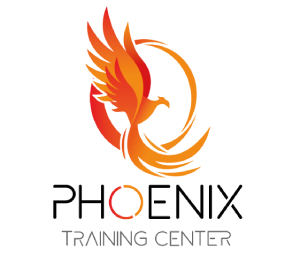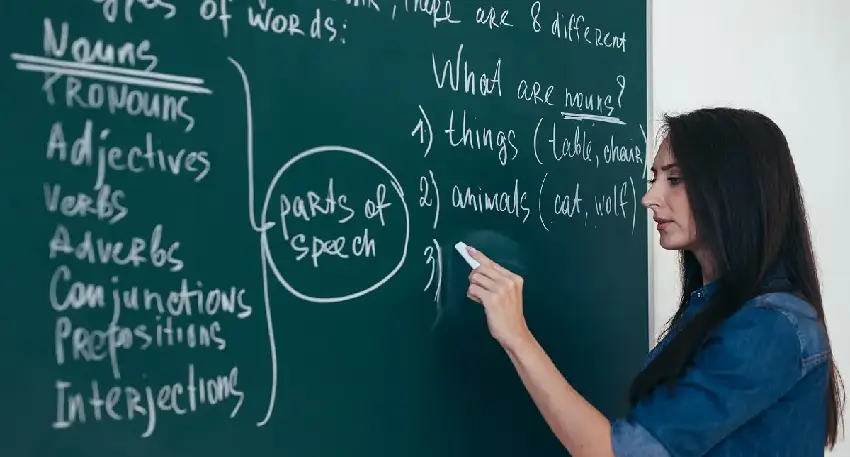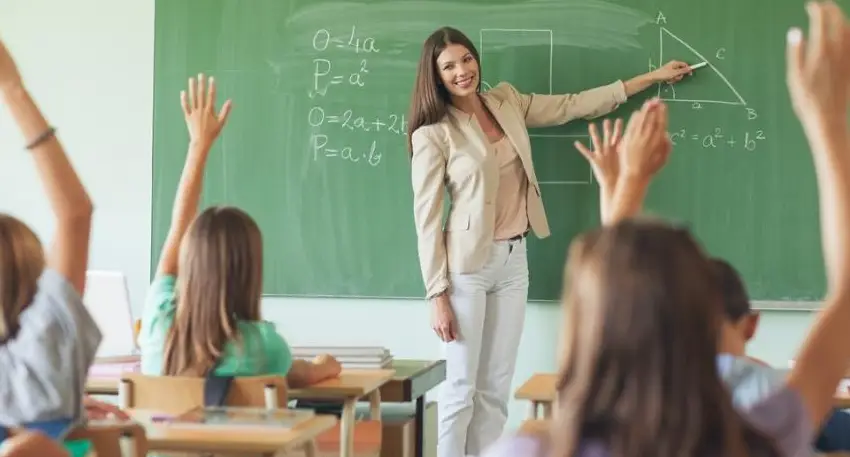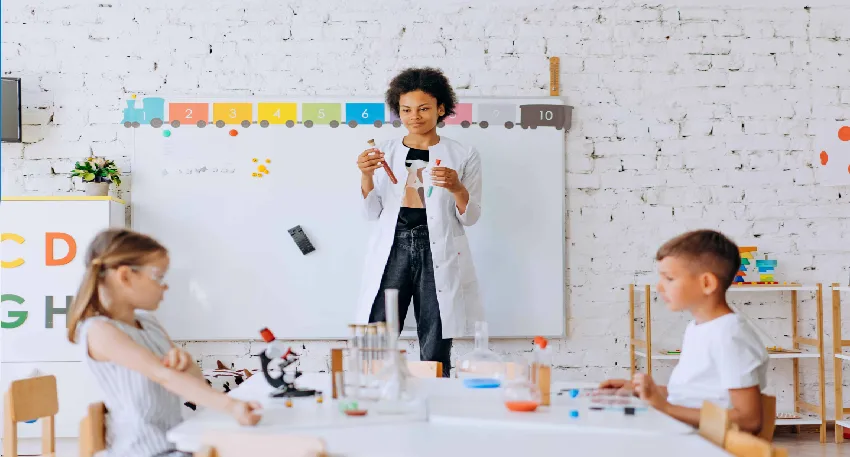In the dynamic and ever-evolving world of education, teachers continually seek ways to refine and enhance their performance in the classroom. Striving for excellence in teaching not only profoundly impacts student learning but also contributes to personal and professional fulfillment. Let’s explore key strategies that educators can employ to elevate their teaching efficacy and make a lasting impact in their classrooms.
Embracing Continuous Learning
The cornerstone of exceptional teaching lies in the commitment to continuous learning and improvement. The educational landscape is constantly changing, with new theories, techniques, and technologies emerging regularly. Staying informed about the latest educational trends and research can significantly enhance teaching methodologies. This could involve attending workshops, enrolling in professional development courses, participating in educational conferences, or even engaging in informal learning communities with fellow educators. An educator who is a lifelong learner sets a powerful example for their students and brings a fresh, informed perspective to their teaching.
Fostering an Inclusive Classroom Environment
Another critical aspect of effective teaching is creating an inclusive and supportive classroom environment. This involves recognizing and valuing the diverse backgrounds, learning styles, and abilities of all students. By employing differentiated teaching strategies that cater to individual learning needs, teachers can ensure that each student has the opportunity to succeed. Inclusivity in the classroom also extends to creating a safe and welcoming space where students feel valued, respected, and free to express their thoughts and ideas.
Incorporating Technology Wisely
In today’s digital age, integrating technology into the classroom can be a game-changer. However, it’s crucial to use technology wisely and purposefully. Effective use of educational technology can enhance student engagement, facilitate interactive learning, and provide access to a wealth of resources. Whether it’s utilizing learning management systems, interactive whiteboards, or educational apps, the key is to ensure that technology supports the learning objectives and adds value to the educational experience, rather than serving as a distraction.
Practicing Reflective Teaching
Reflective teaching is a practice where educators consciously analyze and evaluate their teaching methods and classroom interactions. This reflective process enables teachers to identify areas of strength and those needing improvement. Keeping a teaching journal, soliciting feedback from students and peers, and self-assessing teaching practices are ways to engage in this reflective process. By being reflective, teachers can continuously adapt and refine their approaches to meet the evolving needs of their students.
Building Strong Relationships
The relationship between a teacher and their students is foundational to effective teaching. Building rapport and trust can significantly enhance student engagement and motivation. This involves showing genuine interest in students’ lives, understanding their challenges, and being approachable and empathetic. Strong teacher-student relationships create a positive classroom atmosphere where students feel encouraged to participate actively and take risks in their learning.
Conclusion
Improving performance in the classroom is a multifaceted endeavor that requires dedication, adaptability, and a passion for teaching and learning. By embracing continuous learning, fostering inclusivity, integrating technology effectively, practicing reflective teaching, and building strong relationships with students, educators can elevate their classroom performance and make a profound difference in the lives of their students.
